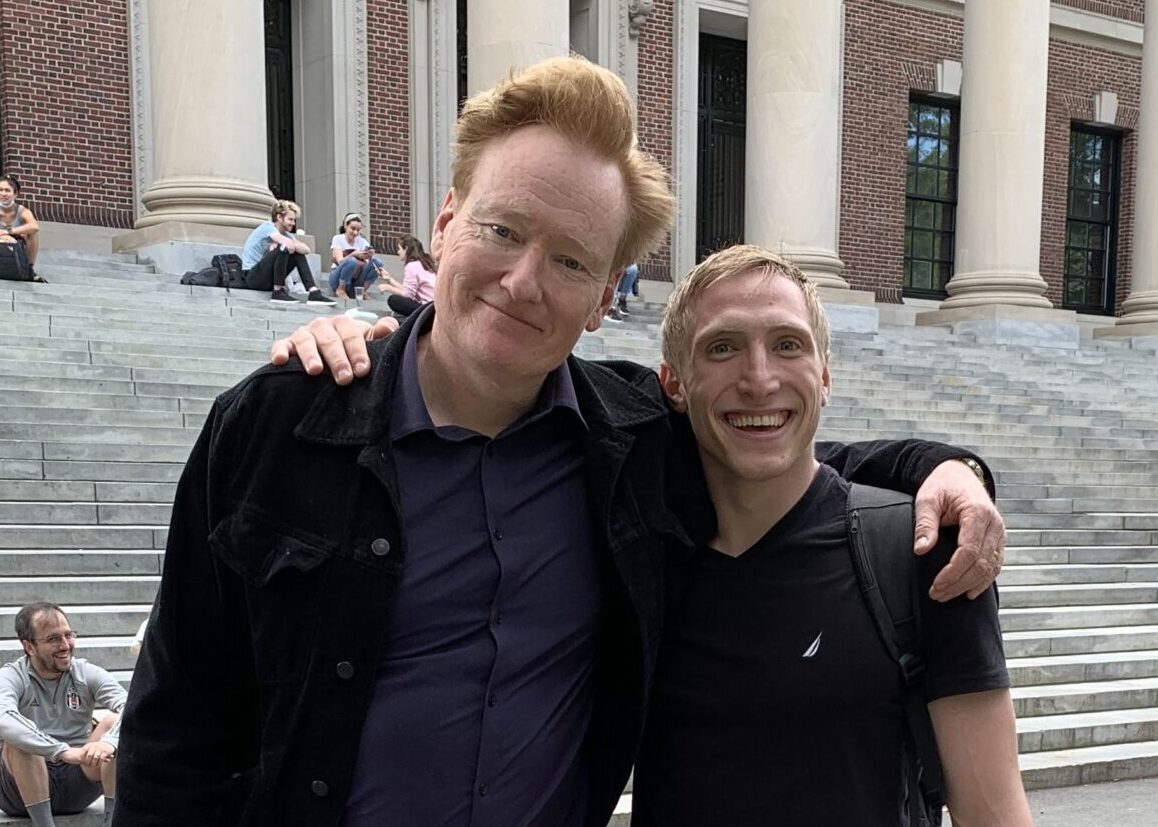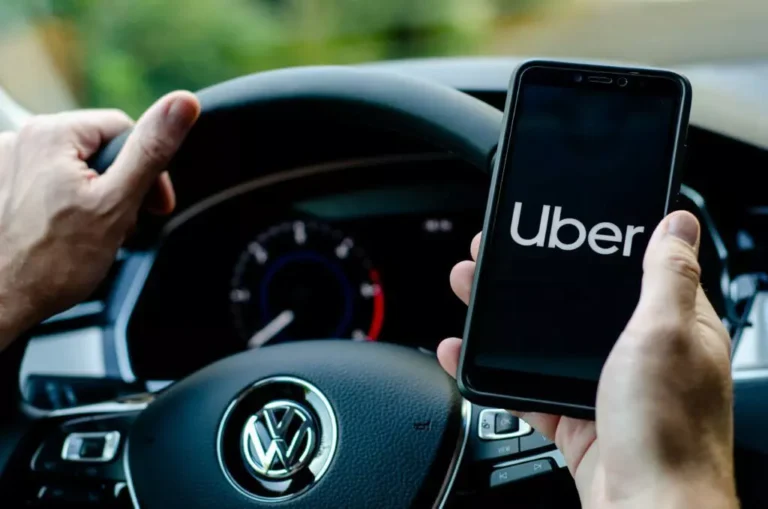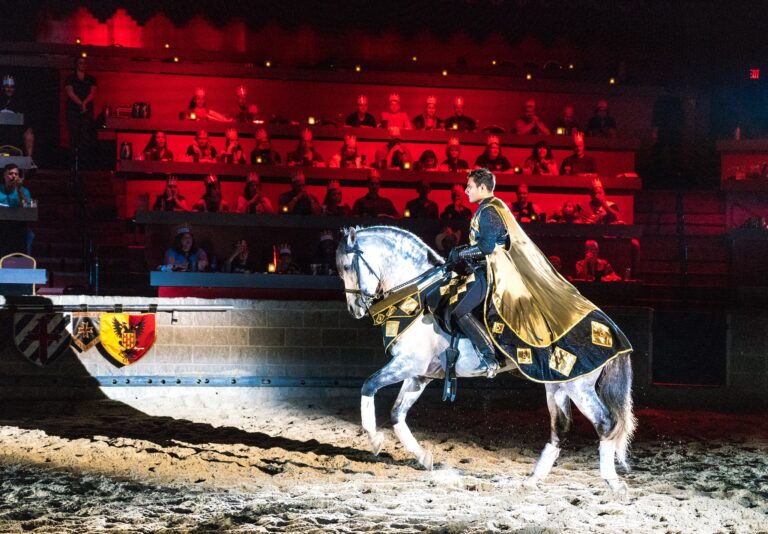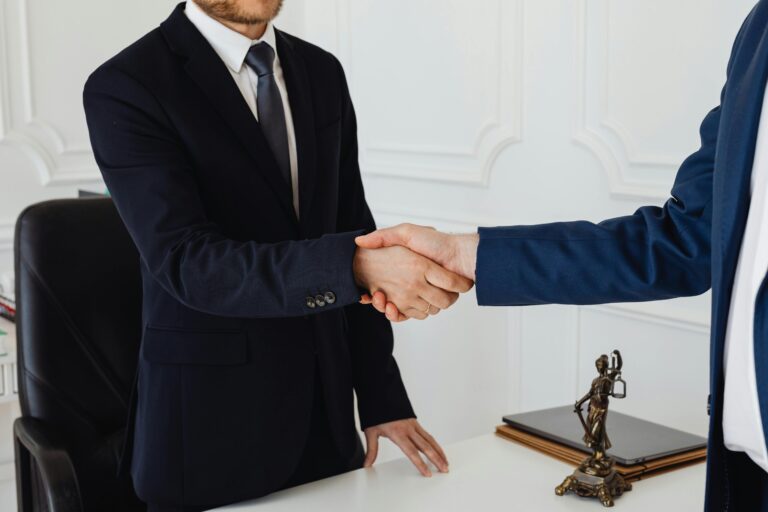
Greg Volynsky is a student at Harvard Law School.
In Todays News & Commentary, the NLRB yesterday issued its final rule for determining joint-employer status. The rule is the latest in a long saga.
In 1944, the Supreme Court decided in NLRB v. Hearst Publications that the NLRA includes independent contractors. Three years later, Congress adopted the Taft-Hartley Act, which excluded independent contractors from the definition of “employees” under the NLRA. The question remained, however, how to distinguish between independent contractors and employees.
In Boire v. The Greyhound Corporation (1964), the Supreme Court stated that determining whether employers “possess[] sufficient control over the work of the employees” to constitute joint employers was a factual inquiry for the Board. The following year, the Board held that joint employers “share, or codetermine, those matters governing essential terms and conditions of employment.” The Third Circuit adopted similar language in 1982.
For the subsequent three decades, the NLRB narrowed the criteria for joint-employer status. The Board assessed whether employers “meaningfully affect[]”employment terms and conditions, while setting aside unexercised authority to impact employment. Additionally, the control exerted needed to be direct and not merely “limited and routine.”
In 2015, the Board consciously departed from decades of Board precedent with Browning-Ferris. Here, the NLRB took into account both reserved and indirect control when determining joint-employer status. The D.C. Circuit subsequently upheld this broader Browning-Ferris standard.
In 2020, after failing to overturn Browning-Ferris via adjudication, the Trump Board promulgated a rule reverting to the narrower pre-Browning Ferris standard. However, two years later, the NLRB issued a Notice of Proposed Rulemaking, proposing to a return to the Obama-era rule. The NLRB published the final rule today. The new rule factors in both (1) authorized but unexercised control and (2) indirect control over employment conditions.






Daily News & Commentary
Start your day with our roundup of the latest labor developments. See all
December 22
Worker-friendly legislation enacted in New York; UW Professor wins free speech case; Trucking company ordered to pay $23 million to Teamsters.
December 21
Argentine unions march against labor law reform; WNBA players vote to authorize a strike; and the NLRB prepares to clear its backlog.
December 19
Labor law professors file an amici curiae and the NLRB regains quorum.
December 18
New Jersey adopts disparate impact rules; Teamsters oppose railroad merger; court pauses more shutdown layoffs.
December 17
The TSA suspends a labor union representing 47,000 officers for a second time; the Trump administration seeks to recruit over 1,000 artificial intelligence experts to the federal workforce; and the New York Times reports on the tumultuous changes that U.S. labor relations has seen over the past year.
December 16
Second Circuit affirms dismissal of former collegiate athletes’ antitrust suit; UPS will invest $120 million in truck-unloading robots; Sharon Block argues there are reasons for optimism about labor’s future.